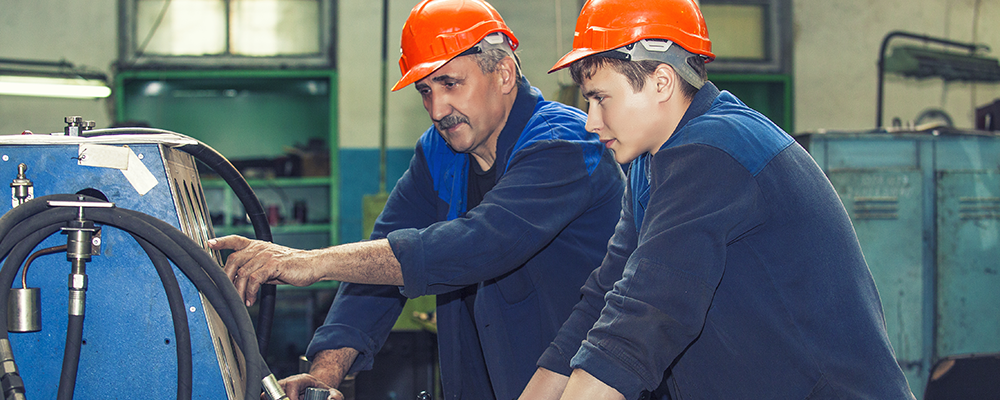
“What are my duties when it comes to hiring work experience students?” asks one employer. “What insurance do we need?” questions a second. “Where are my keys?” queries a third ( try looking down the side of the sofa).
Understanding health and safety duties when hiring work experience students can indeed leave many employers scratching their heads.
Only recently did a fabric store inform a mother that her daughter could not take a work placement as the presence of scissors would have invalidated their insurance.
The Health and Safety Executive quickly dismissed this assertion, assuring employers that existing public liability insurance would offer enough protection.
To help you understand your duties, then, we thought it would handy to deploy a dehumidifier of information to draw away the smokescreen of myths encircling work experience students.
Work experience students: the essentials
Under health and safety law, work experience students are classed as your employees. This simply means that you treat them no differently to other young people in your employ.
Feeling uncertain about insurance?
No need to. It just so happens that your existing employers’ liability insurance policy will cover work placements provided your insurer is a member of the Association of British Insurers. If this is the case then there is no need for you to take out any additional insurance when taking on work experience students.
What safety systems do we need?
- When taking on work experience students, simply deploy your existing arrangements for assessments and management of risks
- Have less than five employees? In that case you’re not required to have a written risk assessment
- If you currently don’t employ a young person, haven’t done over the last few years, are taking on a work experience student for the first time or one with particular needs then make sure you review your risk assessment before they start
- Always discuss the placement in advance with organisers, parents and/or carers. Take into account what they tell you of the student’s physical and psychological capacity as well as any particular needs
Keep any additional work in proportion to the environment:
- If you operate a low-risk environment such as an office or shop – surroundings the student should have some knowledge of – your existing arrangements for other employees should do the trick
- In environments with risks less familiar to the student such as light assembly or packing facilities, you will need to make arrangements to manage the risks. This should include induction, supervision, site familiarisation and any protective equipment needed
For placements carrying higher-risks such as construction, agriculture and manufacturing you will need to:
- Take account of the work the student will be doing or observing, the risks involved and how these are managed
- Satisfy yourself that the instruction, training and supervisory arrangements have been properly thought through and that they work in practice
- Possibly consider specific factors such as exposure to radiation, noise and vibration, toxic substances, or extreme temperatures
Take the time to explain to the parents/carers of the students what the significant risks are and what you have done to control them. Likewise, when you induct students, ensure they understand the risks and how they are controlled.
More information about managing risks is available in Health and Safety Made Simple.
Related reading:
- Car giant in pole position for health and safety award
- Roofer fined over reckless ladder work
- Fife Council fined £24,000 over gas leak
- CSB calls for greater regulation of reactive chemicals
- Free personal protective equipment training for your site
- NEBOSH International Technical Certificate in Oil & Gas Operational Safety Grimsby


